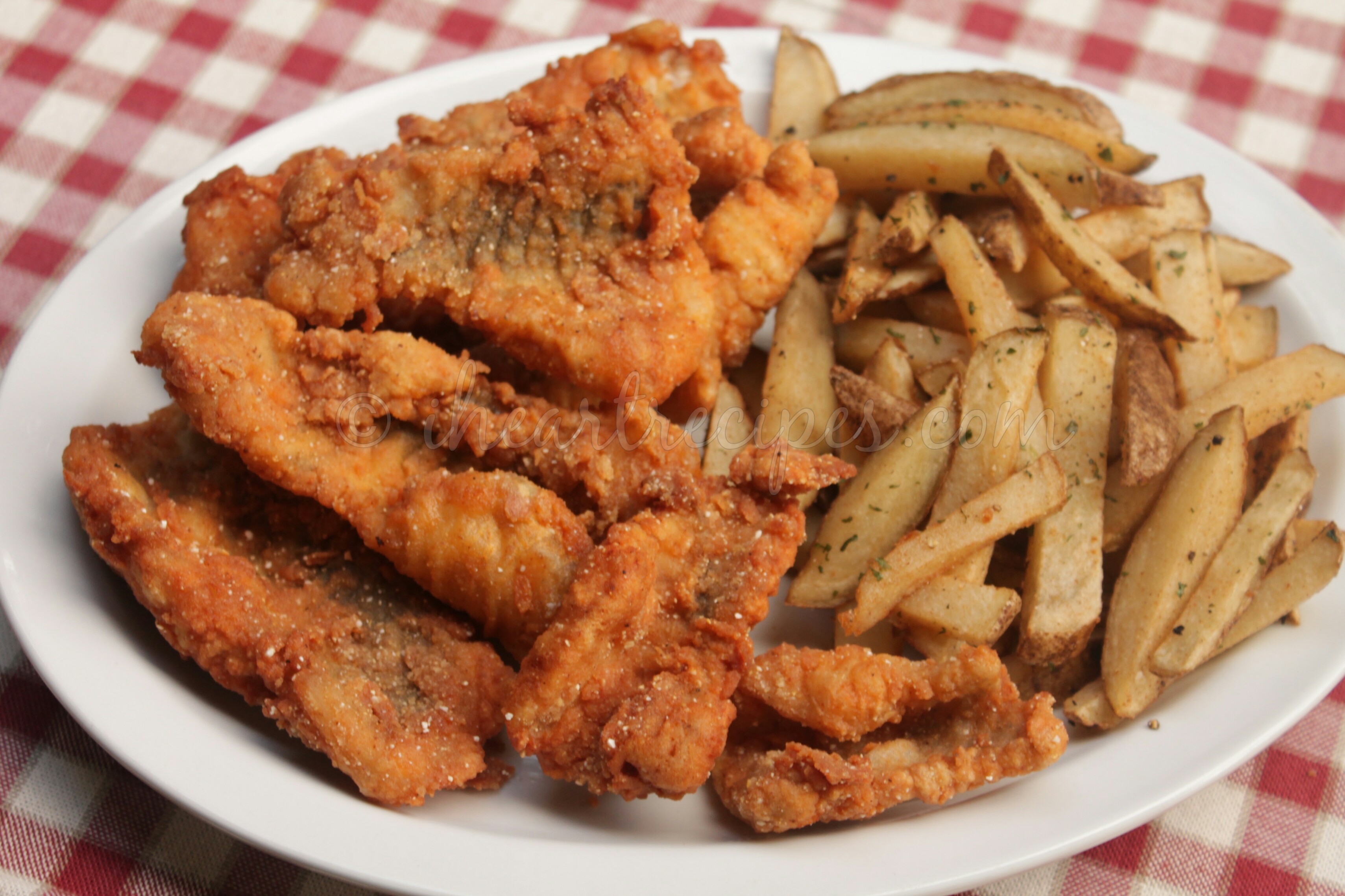When it comes to catfish food, understanding their nutritional needs is paramount. From commercial options to DIY recipes, this guide explores the intricacies of catfish nutrition, feeding strategies, and potential health implications.
Dive into the fascinating world of catfish food and discover the secrets to keeping your catfish healthy and thriving.
Nutritional Requirements for Catfish

Catfish have specific nutritional requirements that vary depending on their life stage and species. Understanding these requirements is essential for maintaining optimal growth, health, and productivity in catfish farming.
The essential nutrients for catfish include:
- Protein
- Lipids
- Carbohydrates
- Vitamins
- Minerals
Protein
Protein is the most important nutrient for catfish, accounting for 25-40% of their diet. It is essential for growth, tissue repair, and immune function. Catfish require high-quality protein sources, such as fish meal, soybean meal, and cottonseed meal.
Lipids
Lipids provide energy and essential fatty acids for catfish. They should constitute 5-15% of the diet. Good sources of lipids for catfish include fish oil, vegetable oils, and animal fats.
Carbohydrates
Carbohydrates provide energy and fiber for catfish. They should constitute 10-20% of the diet. Good sources of carbohydrates for catfish include wheat, corn, and rice.
Vitamins
Vitamins are essential for various metabolic processes in catfish. They should be provided in the diet in balanced amounts. Important vitamins for catfish include vitamin A, vitamin D, vitamin E, and vitamin C.
Minerals
Minerals are essential for bone formation, enzyme function, and other physiological processes in catfish. They should be provided in the diet in balanced amounts. Important minerals for catfish include calcium, phosphorus, potassium, and magnesium.
Commercial Catfish Food Options
Commercial catfish food comes in various forms, each with its advantages. Understanding the different types and their nutritional composition is essential for choosing the optimal diet for your catfish.
Floating Pellets
Floating pellets are designed to remain on the water’s surface, making them easily accessible for catfish. They are ideal for ponds or tanks with low water flow and for feeding catfish that prefer to feed at the surface.
- Advantages:Easily accessible, reduce water contamination.
- Reputable Brands:Purina, Skretting, Cargill
Sinking Pellets
Sinking pellets are denser than floating pellets and sink to the bottom of the tank or pond. They are suitable for catfish that prefer to feed near the bottom or in deeper water.
- Advantages:Ideal for catfish that feed at the bottom, minimize water pollution.
- Reputable Brands:Zeigler, Nutreco, Aller Aqua
Extruded Pellets
Extruded pellets are produced through a high-temperature and pressure process, resulting in a denser and more stable pellet. They are highly digestible and can withstand longer storage periods.
- Advantages:High digestibility, longer shelf life, reduce water pollution.
- Reputable Brands:BioMar, ADM, Land O’Lakes
DIY Catfish Food Recipes

Preparing homemade catfish food offers several advantages. It allows you to control the ingredients, ensuring the use of fresh, natural ingredients and avoiding artificial additives. Additionally, it can be a cost-effective alternative to commercial catfish food.
Homemade Catfish Food Recipe 1: Fish and Rice Blend
- 1 pound boneless, skinless catfish fillets
- 1 cup cooked brown rice
- 1/2 cup frozen peas
- 1/4 cup chopped carrots
- 1 tablespoon olive oil
Boil the catfish fillets until cooked through. Flake the fish and combine it with the cooked rice, peas, carrots, and olive oil. Mix well and store in an airtight container in the refrigerator for up to 3 days.
Homemade Catfish Food Recipe 2: Shrimp and Vegetable Delight
- 1/2 pound cooked shrimp, peeled and deveined
- 1/2 cup chopped zucchini
- 1/2 cup chopped bell pepper
- 1/4 cup chopped spinach
- 1 tablespoon fish oil
Combine all ingredients in a food processor and pulse until a coarse mixture forms. Store in an airtight container in the refrigerator for up to 2 days.
Tips for Preparing and Storing Homemade Catfish Food
- Use fresh, high-quality ingredients.
- Cook the catfish fillets thoroughly before mixing them with other ingredients.
- Store homemade catfish food in an airtight container in the refrigerator for up to 3 days.
- Discard any uneaten food after 3 days.
Feeding Strategies for Catfish

Optimizing catfish feeding practices is crucial for maintaining their health, growth, and productivity. Establishing appropriate feeding schedules, determining optimal portion sizes, and monitoring fish behavior are essential aspects of effective catfish feeding strategies.
Feeding schedules should be consistent and tailored to the species, age, and water temperature. Catfish typically require daily feedings, with the frequency and amount adjusted based on their specific needs.
Portion Sizes
Determining the appropriate portion size for catfish is essential to prevent overfeeding and nutrient deficiencies. The general rule is to feed 2-3% of the catfish’s body weight per day, divided into multiple feedings. However, this may vary depending on factors such as water temperature, growth rate, and activity level.
Monitoring Fish Behavior
Monitoring catfish behavior is crucial in assessing their feeding needs. Signs of underfeeding include slow growth, lethargy, and poor body condition. Overfeeding, on the other hand, can lead to obesity, reduced feed efficiency, and water quality issues.
Common Feeding Mistakes
Common feeding mistakes include:
- Overfeeding, which can lead to health problems and water quality issues.
- Underfeeding, which can result in slow growth and poor body condition.
- Feeding at irregular intervals, which can disrupt catfish feeding patterns and stress levels.
FAQ Explained
What are the essential nutrients required for catfish growth?
Catfish require a balanced diet rich in protein, carbohydrates, fats, vitamins, and minerals, including essential amino acids, omega-3 fatty acids, and calcium.
Can I feed my catfish homemade food?
Yes, homemade catfish food can be a healthy and cost-effective alternative to commercial options. Using fresh, natural ingredients ensures your catfish receive the necessary nutrients without artificial additives.
How often should I feed my catfish?
Feeding frequency depends on the age, size, and water temperature. Generally, adult catfish should be fed once or twice a day, while younger catfish may require more frequent feedings.
